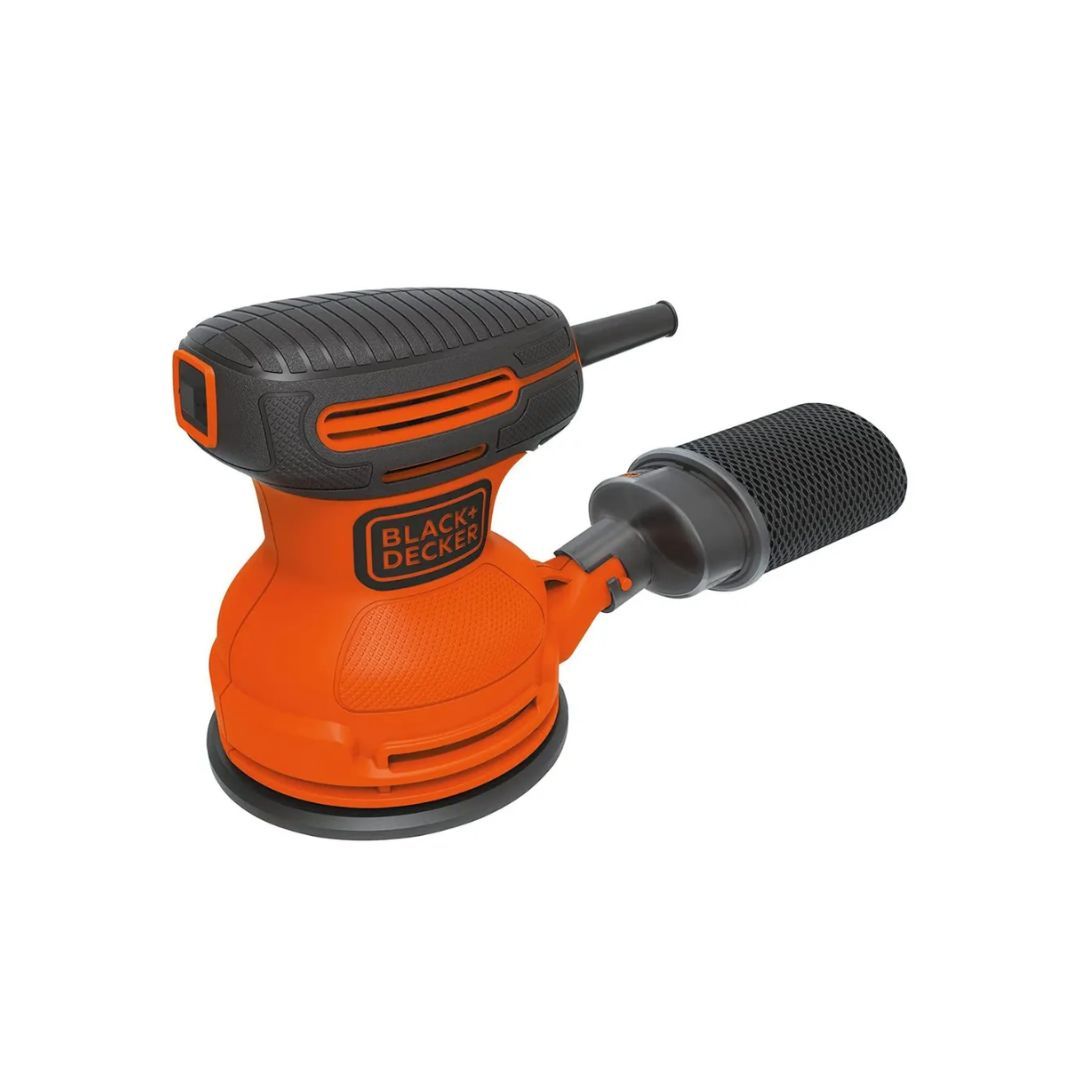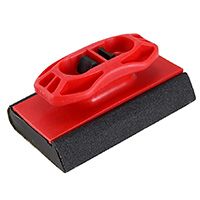We may be compensated if you purchase through links on our website. Our team is committed to delivering honest, objective, and independent reviews on home products and services.
Project details
Skill
Cost
Estimated Time
Hardwood floors are a beautiful and durable feature in many homes, but accidents happen. Whether they’re caused by a hot iron or a dropped cigarette, burn marks can mar the surface of your pristine flooring. However, with the right tools and techniques, you can often restore your hardwood floor to its former glory. In this article, we’ll walk you through the process of removing a burn mark from a hardwood floor. Watch the video above to see Ask This Old House carpenter Nathan Gilbert tackle this household repair.
Burn Marks on Hardwood Floors
Burn marks on hardwood floors can vary in severity, from light scorching of the finish to deep charring of the wood itself. Knowing the type of burn mark will help you determine the right method of repair. Burn marks on hardwood floors generally fall into the following three categories:
- Surface burns: These affect only the finish and top layer of wood.
- Moderate burns: These penetrate deeper into the wood but don’t cause significant structural damage.
- Deep burns: These char the wood extensively and may require board replacement.
Before beginning any repair, carefully examine the burn mark to determine its depth and extent. This assessment will guide your approach to the repair process. If the burn is superficial and only affects the finish, you’re in luck—the repair will be relatively straightforward. A more intensive repair or even professional help might be necessary for deeper burns.
To assess the damage, feel the burn area for roughness and use a magnifying glass to inspect the severity. You may want to take a utility knife to test the depth of the char.
Preparing for the Hardwood Floor Repair
Gather your tools and materials before you start, and prepare your workspace to make the task as efficient as possible.
Tools and Materials Needed
To remove a burn mark from your hardwood floor, you’ll need the following items:
- Angled paintbrush (2 1/2-inch)
- Paint bucket
- Protective gear (dust mask, safety glasses)
- Random orbit sander
- Sanding block
- Sandpaper (150-grit, 180-grit, and 220-grit)
- Tack cloth
- Water-based polyurethane (semi-gloss finish)
A random orbit sander allows for smooth, even sanding, while a sanding block gets into the nooks and crannies.
Setting Up Your Work Area
Clear the area around the burn mark. Remove any furniture and cover nearby surfaces to protect them from dust. Make sure you have good lighting and ventilation in the room where you’ll be working. Ventilation is crucial when working with sanding tools and polyurethane to avoid inhaling harmful particles or fumes.
You can also use painter’s tape to isolate the repair area and protect adjacent flooring. This keeps your workspace neat and guards against accidental damage to the rest of the floor.
Step-by-Step Hardwood Floor Repair Process
Removing a burn mark from a hardwood floor involves a series of careful steps. Follow this process to restore your floor’s appearance:
- Start by sanding the area around the burn mark using 150-grit sandpaper on your random orbit sander. Move in the direction of the wood grain, sanding a wider area than just the burn mark to ensure an even finish. Feather out the sanded area to avoid creating a noticeable dip in the floor.
- Switch to 180-grit sandpaper and repeat the sanding process, continuing to work with the grain of the wood. This step helps to smooth out the area further and prepare it for the final fine-grit sanding.
- Use a sanding block with 220-grit sandpaper to fine-tune the sanded area. Focus on smoothing out any remaining rough spots. This final sanding makes the wood feel smooth and ready for a new finish.
- Remove all dust before applying the finish. Use a tack cloth to clean the sanded area, ensuring no particles remain that could affect the new finish. Wipe in one direction to collect all fine sawdust and avoid spreading it around.
- Pour water-based polyurethane into a paint bucket. Use a water-based polyurethane that matches the sheen of your existing floor finish. Using an angled paintbrush, apply a thin coat of polyurethane to the sanded area, starting from the center and working outward. Apply thin, even coats of polyurethane to prevent drips and achieve a smooth finish.
- Allow the first coat to dry for about an hour, then lightly sand the area again with 220-grit sandpaper.
- Clean the area once more with a tack cloth and apply a second coat of polyurethane.
- Repeat the process for a third coat to ensure a durable and even finish. Multiple coats provide better protection and a smoother look.
Gilbert illustrates this process on a Douglas fir floor in a 1907 home, showing how to blend the repaired area seamlessly with the surrounding wood.
Preventing Future Burn Marks
Knowing how to repair burn marks is valuable, but preventing them in the first place is even better. Here are some strategies to protect your hardwood floors:
- Avoid dropping lit cigarettes or matches on the floor.
- Educate family members about the importance of protecting the hardwood floors.
- Opt for area rugs in high-risk areas such as kitchens and dining rooms to provide an additional layer of protection.
- Place trivets or heat-resistant mats under hot dishes or cookware.
- Use protective pads under hot appliances like irons or curling irons.
When To Call a Professional To Repair Burn Marks on Your Floor
While many burn marks can be repaired as a do-it-yourself (DIY) project, certain situations may require professional help. Here are a few examples:
- Antique or historically significant flooring
- Deep burns that have significantly damaged the wood
- Floors with intricate patterns or inlays
- Large areas of burn damage
Professionals have access to specialized tools and materials that can make complex repairs easier and more effective. If you’re unsure about your ability to repair the burn mark or if the damage is extensive, consult a hardwood flooring professional. Their expertise can save you from further damage or a less-than-perfect repair.
Resources
To repair a burn mark on the floor, Gilbert recommends sanding down the floor past the burn mark and then refinishing the floor. If the floor has any stains on it, it may be difficult to match the original.
In this case, Gilbert was able to sand down the floors using a Rotex 90 random orbital sander manufactured by Festool. He did a few wide passes using 150-, 180-, and 220-grit sandpaper. Between passes, he used a tack cloth to remove any sawdust that wasn’t picked up by the vacuum. These can be found at home centers.
For the finish, Gilbert used a Varathane clear water-based polyurethane in a semi-gloss finish, which is manufactured by Rust-Oleum.
The other materials he used for the project, including the paintbrush and the paint bucket, can be found at home centers.
Nathan Gilbert Carpentry provided expert assistance with this segment.




